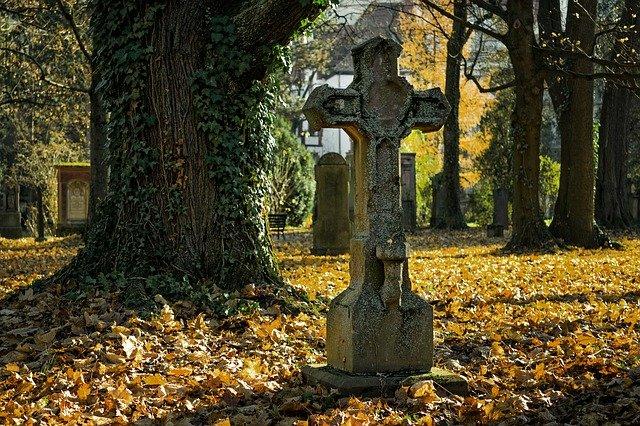Death has always frightened and will always frighten a person. But what is there? All world religions are built only on this. Scientists are trying to approach the issue more rationally and understand what awaits us all at the end. Some of the theories below focus on death itself, while others try to explain whether potential immortality is possible. And some question the very existence of death!
There is no death
There is no life either. The fact is that scientists still cannot offer a single intelligible definition of life. For example, NASA biologists interpret life as any self-sustaining and evolving chemical system. But some crystals also fit this definition! In addition, there remains an equally important issue of consciousness. Is brain activity a prerequisite for the existence of consciousness, or does it just change into some other form after death?
Three faces of death
A person can die in three different ways. Clinical death is reversible – the work of the heart and lungs stopped, but there was no brain activity. The death of the brain cannot be regarded as a death in general because special devices can support all the work of the internal organs. And finally, biological, irreversible death.
It’s not scary anymore
Most of all, psychologists are surprised that a person begins to fear death less and less with age, although everything should go exactly the opposite. Moreover, the peak of fear occurs at an early age: 20-year-olds are much more afraid of dying than 60-year-olds.
Religious fanaticism
The constant contemplation of death plays bad jokes with our minds. People inclined to think about the eternal, as a rule, are more religious, more dogmatic, and more conservative. Psychologists believe that in this way, a person is trying to calm down the fear of death with symbolic immortality: identification with a particular nationality increased care for children (that is, the future), control of social norms, and a complete rejection of outsiders.
Death spiral
This is what biologists call the fourth stage of life, after which death immediately follows. This stage is characterized by a total slowdown of all body activity forms—the need for food and rest decreases. Mental activity diminishes – in hospitals, these symptoms help doctors rescue patients who find themselves on the very edge.
Clinical death
To date, there have been approximately 13 million clinical deaths. Most describe their experience in the same way – it is the notorious tunnel and dating with the souls of their ancestors. Does the afterlife exist? Unfortunately, not likely. Neuroscientists believe that the similarity of sensations during clinical death is due to the work of the sympathetic and parasympathetic nervous systems. That is, the visions of deceased relatives are nothing more than a defensive reaction of the psyche.
The limit of desires
Man increasingly began to live to old age, but the period measured for us has practically not changed. The natural upper limit of life expectancy for us is only 120 years. The fact is that the DNA of cells of each type of creature has a kind of limiter, called the Hayflick limit. It regulates how many times a cell can divide before final decay.
